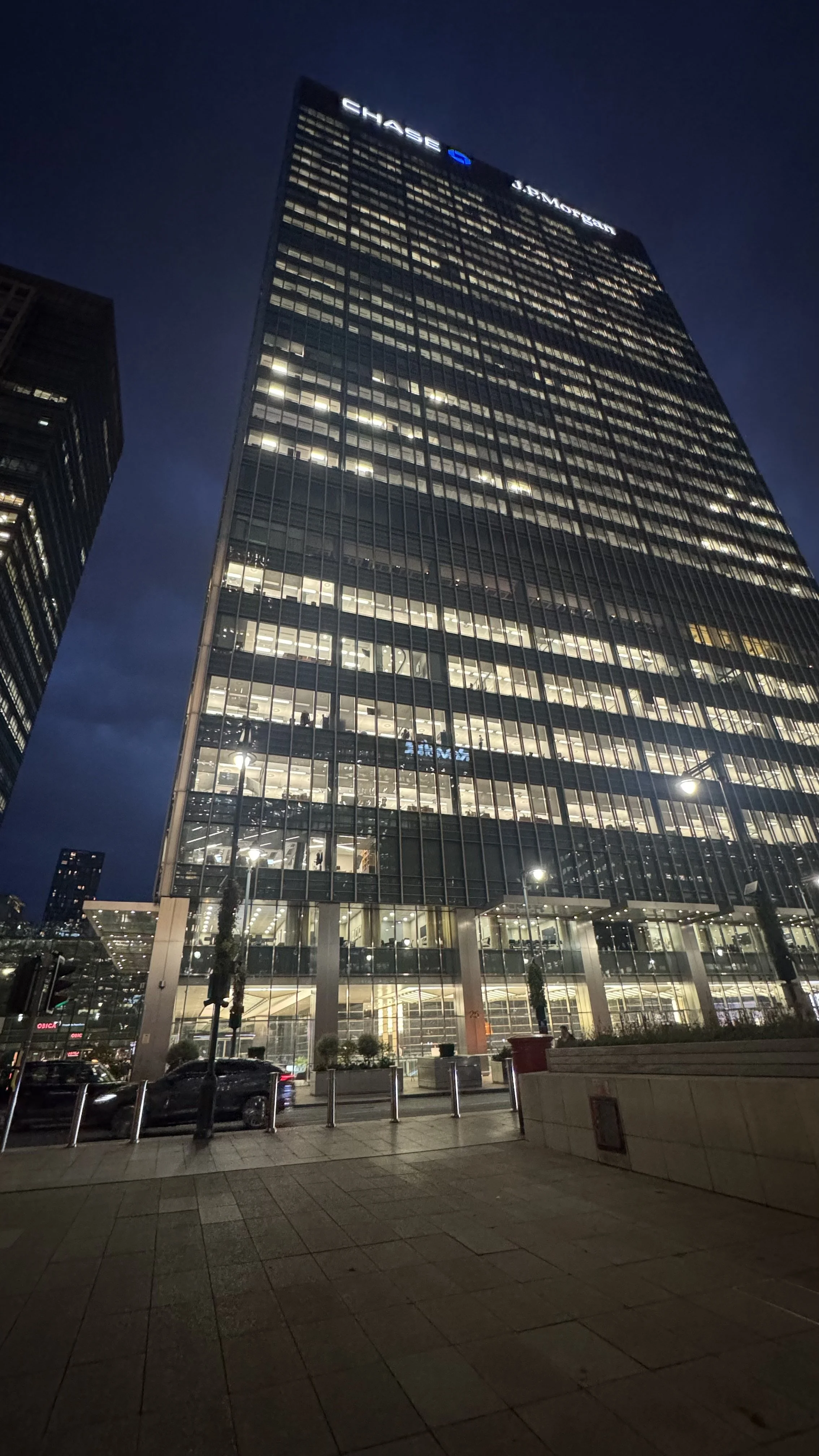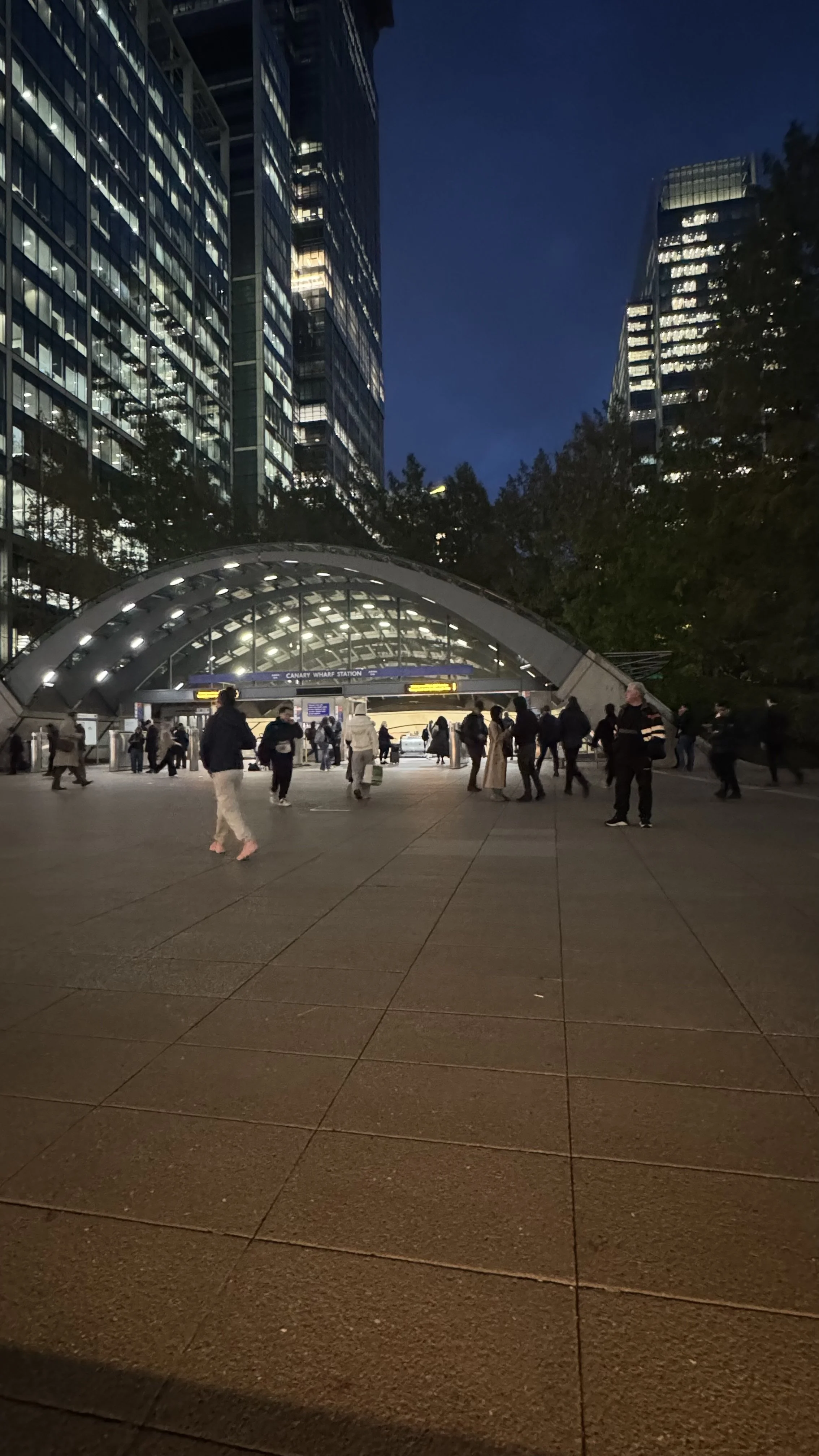Week Seven: How do Radio Waves Control Our Lives?
This week, our group began exploring the basics of radio waves, which at first felt extremely intimidating to me. The topic is rooted in science, and I struggled to connect it to design. Still, once we started researching and discussing it together, I began to see how the invisible world of the electromagnetic spectrum shapes our everyday experiences. Diving into the electromagnetic spectrum was interesting, as I had only a small understanding of it from high school, but exploring how different frequencies can be in tune with the technologies we use daily helped me have a better understanding of the unseen waves.
To better understand how radio waves shape us as a society, each of us conducted AEIOU research in different environments. When we compared and contrasted our findings and themes definitely began to emerge. We discussed the London Underground pretty extensively, because its poor signal means people will just listen to music or books, but many people just wear headphones in order to create a “safe solo world” for themselves in a busy, chaotic place. During my observation at Canary Wharf during rush hour, I noticed how impossible it is to “escape” these signals, phones, watches, headphones, Apple Pay scanners, computers in buildings, and even the DLR, all emit these waves. Even in small parks where people try to disconnect, light-up benches still produce a digital presence.
Midweek, I did some reflecting on how overwhelming this invisible network can feel. Our group discussions helped me connect this to Adam Greenfield’s Radical Technology: Design of Everyday Life, which we read this week. Greenfield’s writing about how technology integrates into daily routines resonated with what we were observing. He showcases how design decisions often make technology feel invisible, deeply embedded into everyday systems that we stop noticing at some point or never notice in the first place. This perspective helped me reframe the brief; it’s not just about understanding the science, but about questioning how design both aids and hides these invisible infrastructures.
When preparing for our tabletop presentation, we talked about the tension between connection and isolation that came through our research. The feedback we received encouraged us to keep exploring this concept in greater detail so which meant introducing an additional research method to help our understanding of this specific aspect of radio waves. We thought directed storytelling would give us a better understanding of why people feel the need to stay constantly connected and how headphones or devices can both protect and isolate us. Next week, we’ll move into our creative toolkit phase, diving even deeper into this concept.






